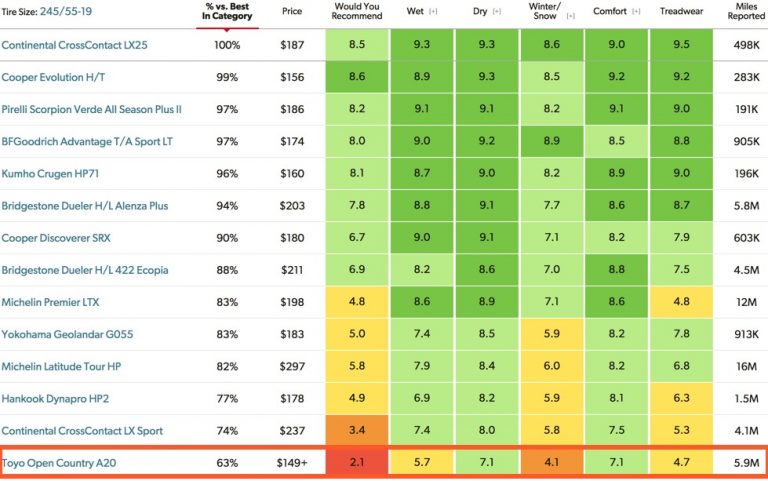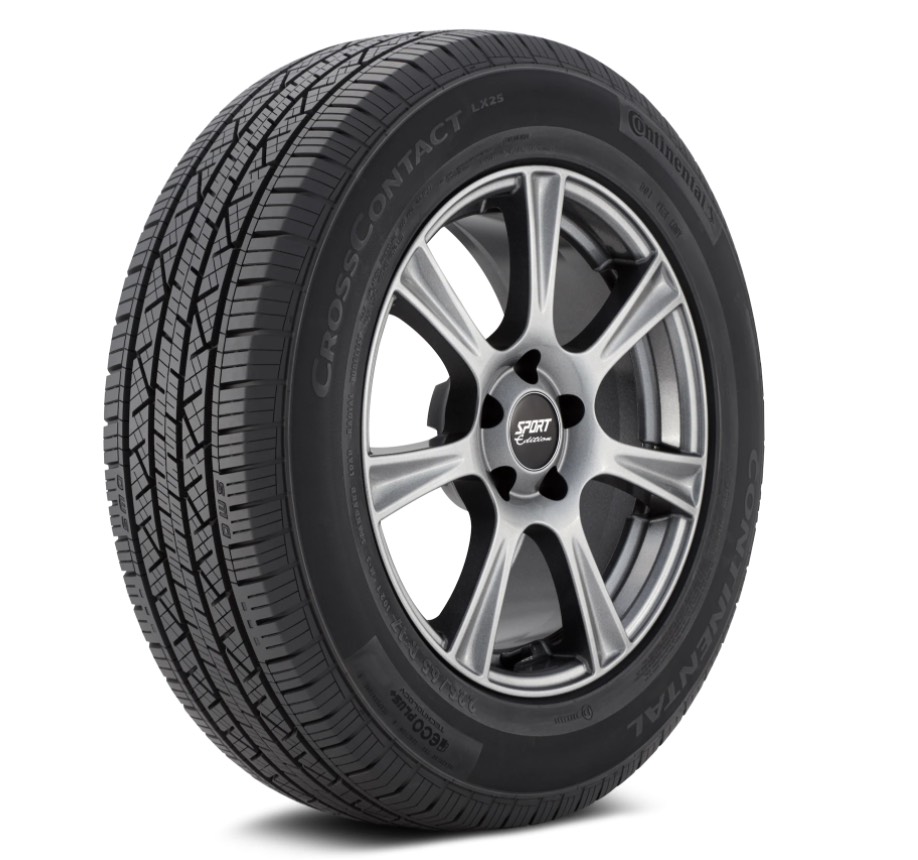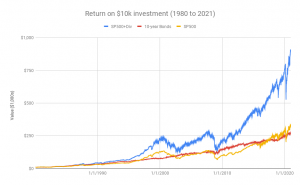One of the more important but least understood processes in automobile ownership is replacement tire selection. Standardized tire performance testing does not exist, the specified ratings on tires for traction, temperature and and tread wear performance are vague at best and the Original Equipment Manufacture (OEM) tires are more often then not a poor choice. The most common approaches I’ve seen are:
- Replace with the same model as the OEM factory installed tires
- Take advice from the local tire shop
- Purchase from Costco
OEM tire performance has long suffered from a poorly understood byproduct of the relationship between automobile manufacturers (BMW, Honda, Toyota, Ford, ect…) and tire manufactures (Goodyear, Michelin, Yokohama, Toyo, Continental, ect…). Despite all of the glamor and marketing in the automobile industry, automobile manufacturing is a low margin business, leaving manufactures constantly looking to reduce the cost of producing a vehicle. In the automotive ecosystem tire manufactures are separate entities whose majority of sales come after market versus selling to the OEMs. Make no mistake the automobile manufacturers are the tire manufacturer’s priority customers as they represent large volume sales. In the evolution of these relationships, tire manufacturers have recognized the majority of car owners will replace their car tires with the OEM tires. With this in mind tire manufactures have competed at lower and lower margins to win the automobile manufacturer contracts, making up for the lost margin on the replacement tire sales. The reduced margins have driven the tire manufacturers into a model where the tires supplied to OEMs are poor performing, especially in terms of tread wear. This started with the low end of the automobile market, but has moved to higher end models. We purchased a 2010 Toyota Highlander Hybrid Limited Edition, a $44k vehicle, and the Toyo Open Country AT20 tires which came standard on the vehicle were so bad I felt compelled to sell the tires at 75% of the price of a new set of tires as soon as we took delivery. In fact the service record from the tire service center has the milage listed as 200. The following survey results paint a truly ugly picture:

Sadly, human behavior has driven the business model to deliver a substandard product that no consumer wants. This is not limited to a few cases; but, rather represents the rule for vehicles sold for under $40k and many of the more expensive models. In fact nine years later, the 2019 Toyota Highlander Hybrid was still shipping with the same Toyo tires. In 2010, emphasis on “locking in” the customer had gotten to the point the Toyo Open Country AT20 tires where the only tires on the market of there size, making it even more challenging to select an alternative.
Conversely I’ve found the brand name tire shops, such as America’s Tire to be a more reputable vendor; however, should you rely upon their advice, they will inherently try to sell you what the have in stock. If the tire shop’s recommended tire is not the OEM tire it is likely an improvement. This is as much an inditement on OEM tires as it is statement of support for brand name tire shops. While a better option than going with OEM tires, I’ve never had a tire shop recommend the specific tire model some diligent research has shown to be optimal.
While I’ve known many people who have bought tires through Costco, when I’ve gone through the process of determining the “best” tire for my situation, that tire model has not been available at Costco.
Recommended Method
When selecting tires I follow a survey based process. Yes, surveys are going to be inconsistent; however, the inconsistencies tend to get averaged out as noise if there are enough reviews on a product. My site of choice is TireRack.com who I have no affiliation with. When considering tire options, sites typically include the option to search based upon your vehicle model, simplifying the identification of replacement candidates. Once I have a list, I eliminate all tires with fewer than 200k miles driven by the reviewers and tires with less than 500k receive are marked down as well. I have had good experience with multiple tires from Continental and Michelin, so I carry a little bias towards those brands. With the shortened list it becomes a comparison of the performance for the characteristics which are valued for one vehicle and its use versus another. As an example we live in northern California and only use one of our cars for ski trips, so performance in snow would matter for one and not for the other. In additional to the reviewed performance, three of the tire specifications I do consider are tread wear rating, temperature rating and maximum pressure. The tread wear rating is no guarantee; however, reviewers are judging the tread wear performance against the rating on the tire. One should expect longer tread life from tires with a higher rating and nearly equivalent tread wear survey score. Higher temperature rating and higher maximum tire pressure are indications of either better tires or tires that have been tested to higher standards. With a selection made it is my preference not to order directly through TireRack.com but rather call a couple of my local tire shops and as for quotes “including all charges” and specifically ask to not have tire insurance included. Often when I call, the local shop will not have the tire in stock and will have to order it in, taking a few days. Rarely, I’ll be asked if I would consider an alternative. While this approach is not truly scientific, I can say that I believe I get better performance from my tires than the other methods I’ve tried.
A note on tire size. As mentioned previously when the 2010 Toyota Highlander arrived, there was only one 245/55R19 tire available on the market and it was the poorly preforming Toyo Open Country A20. Should you find yourself with a limited selection of tires fitting exactly the tire specifications of the OEM tires, other sizes can work. I would suggest using a tire size calculator and selecting a tire that is near (within 2%) of the diameter and nearly the same width. The vehicle’s transmission was designed based upon the vehicles weight, and desired torque based upon the OEM tire diameter, so changing the diameter will impact performance. The vehicle’s speedometer will in theory also be off; however, I’ve consistently found all of my cars speedometers to read above the actual speed by a couple of percent, so a slightly larger tire would actually improve the speedometers performance. One should be careful when selecting tires with larger width and diameter. Specifically with width, wider tires can rub in the wheel wells and affect the aerodynamics of the car. Larger diameter is less of a risk; however, should you take it too far the tires could contact the top of the wheel well when the car bottoms out. In my 2010 case there was far better selection for 255/55R19 tires than the OEM sized 245/55R19 tires.
A note on tire insurance. Insurance should be applied in cases where it’s not practical for the insured to be able to cover the costs. Automobile, Home and Life insurance will make sense for the majority of use cases. Tires are inexpensive enough that tire insurance should rarely make sense. Perhaps if you are regularly driving in hazardous environments, such as a construction sites, tire insurance may be a sensible option. The insurers are in business to make a profit and will price insurance so that on average over all of their customers they will do so. As a result on average insurance will cost you more than you benefit from it. If you are extremely unlucky or you are operating your vehicle in a hazardous environment, you may come out ahead; however, insurance for most is a poor investment.
A Practical Note on Tire Pressure
The single most important factor in tire performance is tire pressure, yet it is largely ignored by most car owners. Keeping your tires at the optimal pressure will improve the cars fuel efficiency and materially impact the life of your tires, one of the more expensive operating costs of a vehicle. Two factors which seem to affect owner behavior are the OEM recommended tire pressure and the inconvenience of filling tires. The OEM recommended tire pressure for every vehicle I’ve owned has always been lower than the tire pressure providing the optimal driving performance and efficiency. Typically I’ve found pressures 5 to 8 psi higher yield better handling, better tire wear, and better gas milage. For the highlander the recommended pressures is between 30 and 30 psi. I keep the tires between 37 and 40 psi. I suspect most owners are not practicing this behavior as most times I have my tires replaced, I get feedback on how evenly my tires are worn. It is important to leave some margin to the maximum tire pressure rating on your times; however, most of the tires I have purchased in the last 20 years have a maximum rating of 44 to 51 psi, leaving plenty of margin To the second issue, the convenience of filling your tires can be eased by simply purchasing the right tool. Small, inexpensive purpose designed compressors, such as the VIAIR 85P compressor can be stored in your car, powered through a 12V adapter in your car and provide the additional benefit of filling your tire in an emergency should the spare / replacement not have been maintained at the correct pressure. Just be sure to operate the compressor through 12V outlet rated for the amperage of the compressor. I have a VIAIR 70P compressor which is approximately 20 years old and has always been reliable. With compressors with gauges integrated into the body, it should be important to understand the gauges will have some inaccuracy when the pump is running as the gauge is next to the pump and not the tire. To get an accurate reading, simply turn off the pump and the pressure will settle to the pressure in the tire. In some reviews, it is clear users did not understand this concept.

